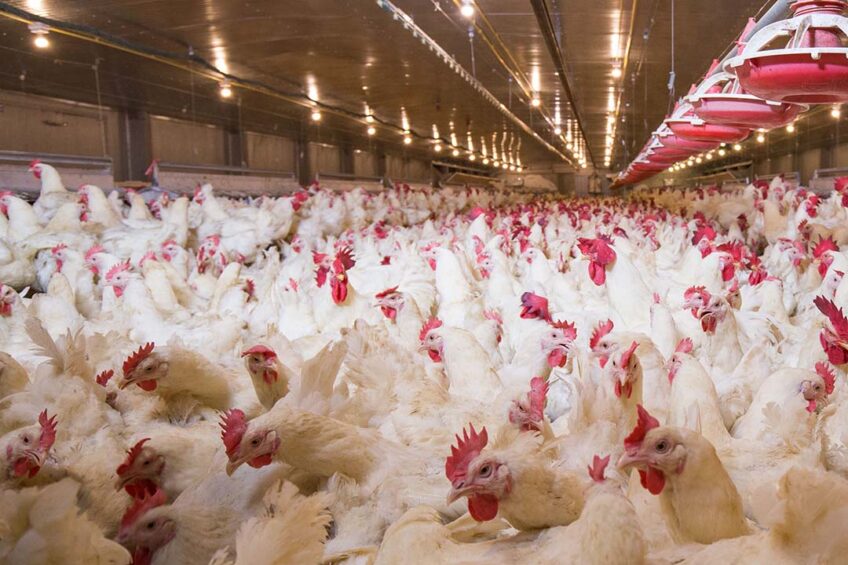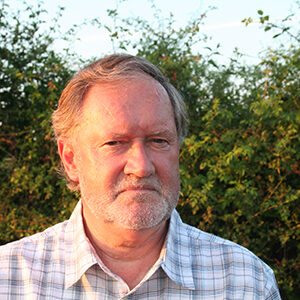New EU emission rules a headache for European poultry farmers

Producers of eggs as well as other poultry farmers in a number of European countries are warning that new EU rules on industrial and livestock rearing emissions are threatening their businesses.
“Lowering the thresholds means that the rules are going to apply to numerous small egg producers. This directive therefore seriously undermines the French model of family livestock holdings that has hardly any equivalent in the EU let alone elsewhere in the world,” says chairman Yves-Marie Beaudet of the French national committee for the promotion of eggs, CNPO.
Beaudet’s colleagues at the umbrella organisation for the poultry industry Anvol and the union of turkey producers, Cidef, added in a statement: “French poultry holders can’t afford the huge investments, calculated at some €80 million, that will be needed in order to reach conformity with these new rules and reduce their impact on the environment. Also, the directive has no reciprocity clauses, which means that we open the doors widely for imports from countries where the regulations often are far less strict.”
Bernhard Krüsken, the secretary general of the powerful German farmers union Deutschen Bauernverbandes DBV, fully agrees: “Lowering of the threshold, as seems the case in this European compromise, will hit agricultural family businesses in the poultry sector hard. Once again, either expanding their businesses will be constrained or they will have to comply with all the required complex technical, administrative and other obligations. This decision of the EU complicates the transformation of the livestock industry even more. Notice also that it doesn’t make any distinction between further progress on animal welfare and environmental improvements.”
The Belgian Boerenbond is also very critical and comments: “We are very disappointed that the European decision-makers have lowered the thresholds for poultry farmers without any consultation of the people that will be hit by that decision.”
So what’s the problem?
The European Union is for some time working on an upgrade of the European Directive on Industrial Emissions. Currently, that EU law, first introduced in 2010, already includes intensive livestock farms but only the very large-scale ones. Last month, however, the 3 European Institutions reached a compromise – or a provisional political agreement – on the new version which, as Beaudet said, lowers the threshold for poultry farms significantly.
The new rules, according to a press release, aim to offer better protection of human health and the environment by reducing harmful emissions from industrial installations including intensive livestock farms into the air, water and soil and through waste discharges. Strangely enough, at the same time it was decided to leave cattle farming completely out of the scope of the directive, much to the annoyance of environmental and climate organisations in Europe. The European Commission will review that situation in 2026.
Under the new rules, the threshold for the number of layer hens on egg production farms that have to comply with the directive will go down from 40,000 to 21,000. For broilers, that number remains at 40,000 but for the heavier turkeys, the maximum will go down from 40,000 to 9,333 animals, French Cidef calculates. “That will be the end of turkey production in France,” the organisation fears.
Livestock businesses that fall within this new scope of the directive will have to invest in ‘best available techniques’ to reduce the emissions, particularly of azote and phosphor as well as ammonia. They also have to have environmental management systems in place for each relevant installation. Businesses that don’t follow the rules could be fined a maximum of 3% of their total annual turnover.
No escape
Larger poultry farms can’t escape by splitting their business, the EU makes clear. “In order to prevent the artificial splitting of farms, which could result in the reduction of the farm to a threshold below the one established for the application of this Directive, EU Member States should adopt measures to ensure that if 2 or more installations are located close to each other and if their operator is the same or if the installations are under the control of operators who are engaged in an economic or legal relationship, the competent authority may consider those installations as a single unit for the purpose of calculating the capacity threshold for livestock.”
Beaudet concludes: “Many smaller farms don’t have the means to comply with those requirements. Don’t forget many already suffered financial losses the last few years. The new rules mean that they will be forced to close – even farmers with organic or open air production. This whole project therefore accelerates a further concentration, particularly of the production of eggs, something which does not fit in with all the ideas the government has for the future or our farmers and the food sovereignty.”





![Birthe Steenberg, AVEC’s Secretary General: “Our [poultry] sector operates under the highest standards of animal welfare, biosecurity and sustainability in the world. Photo: Canva](https://www.poultryworld.net/app/uploads/2024/10/Untitled-design-79-389x260.jpeg)







